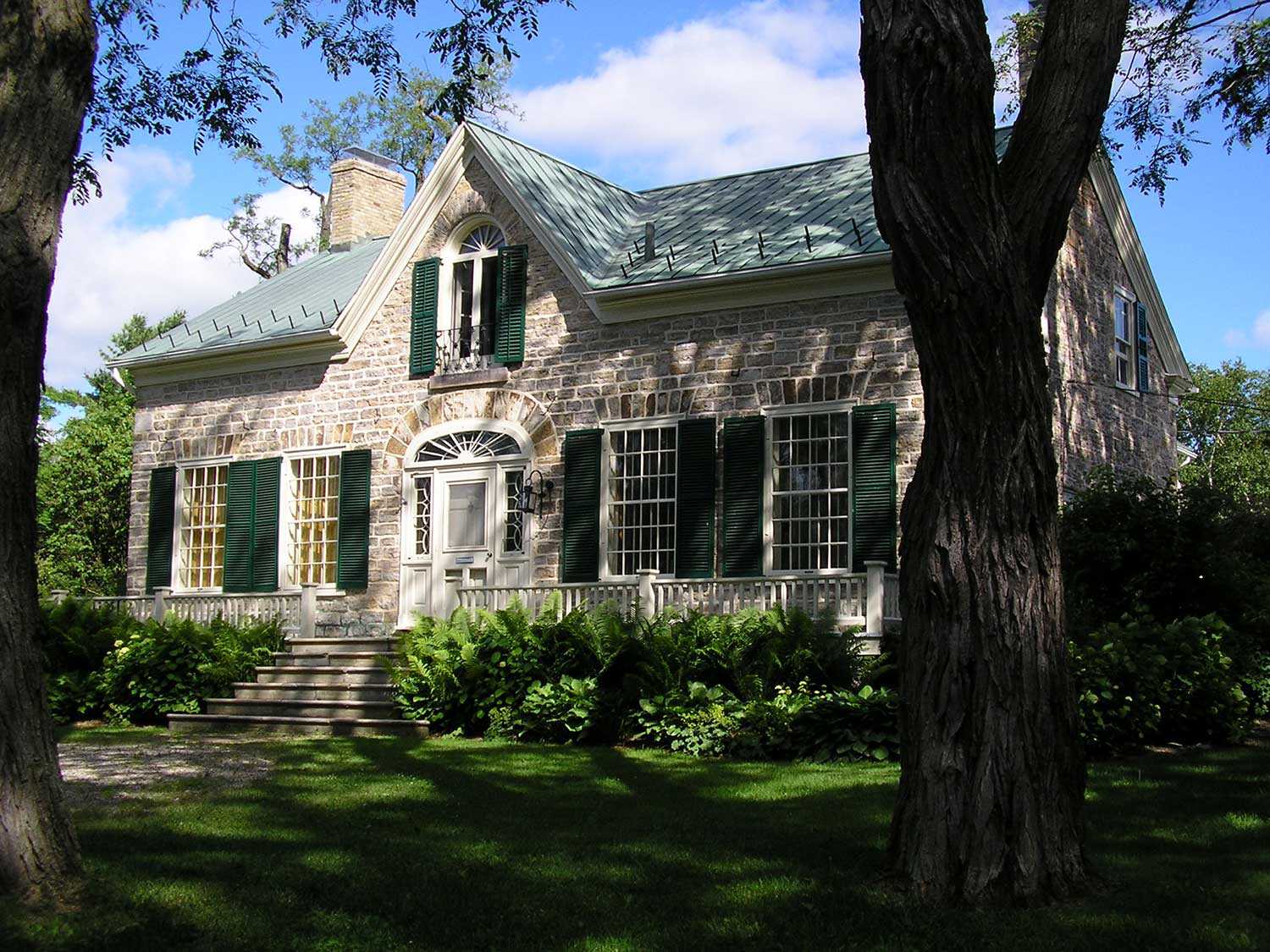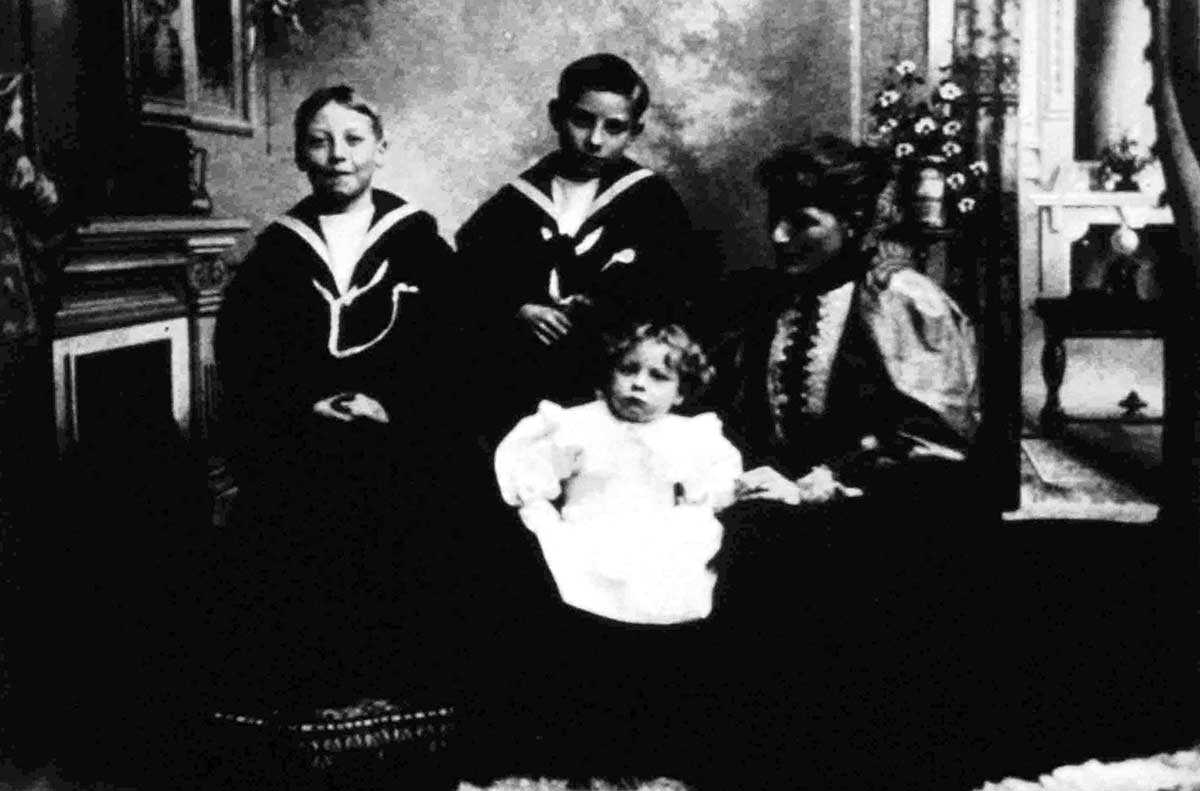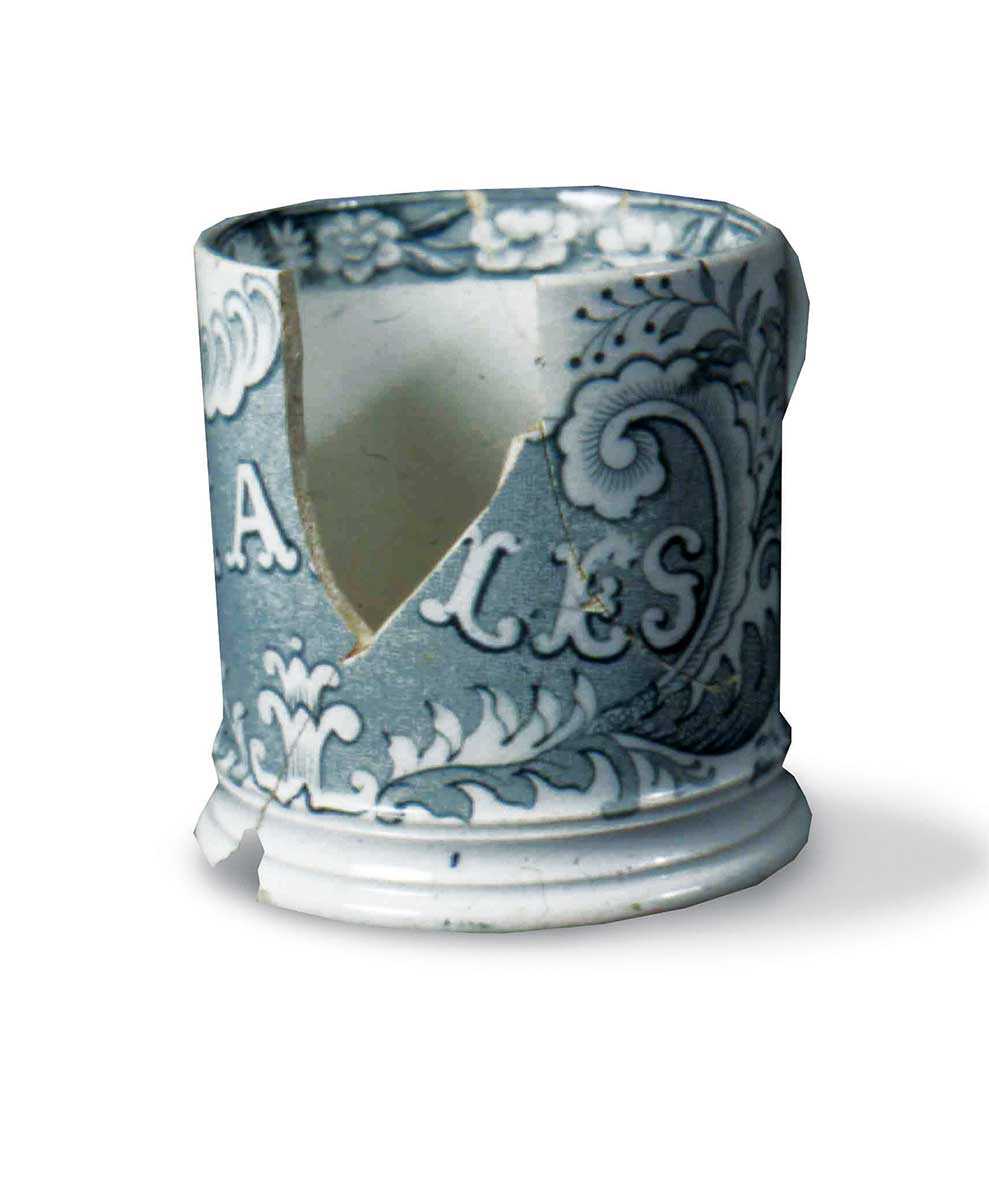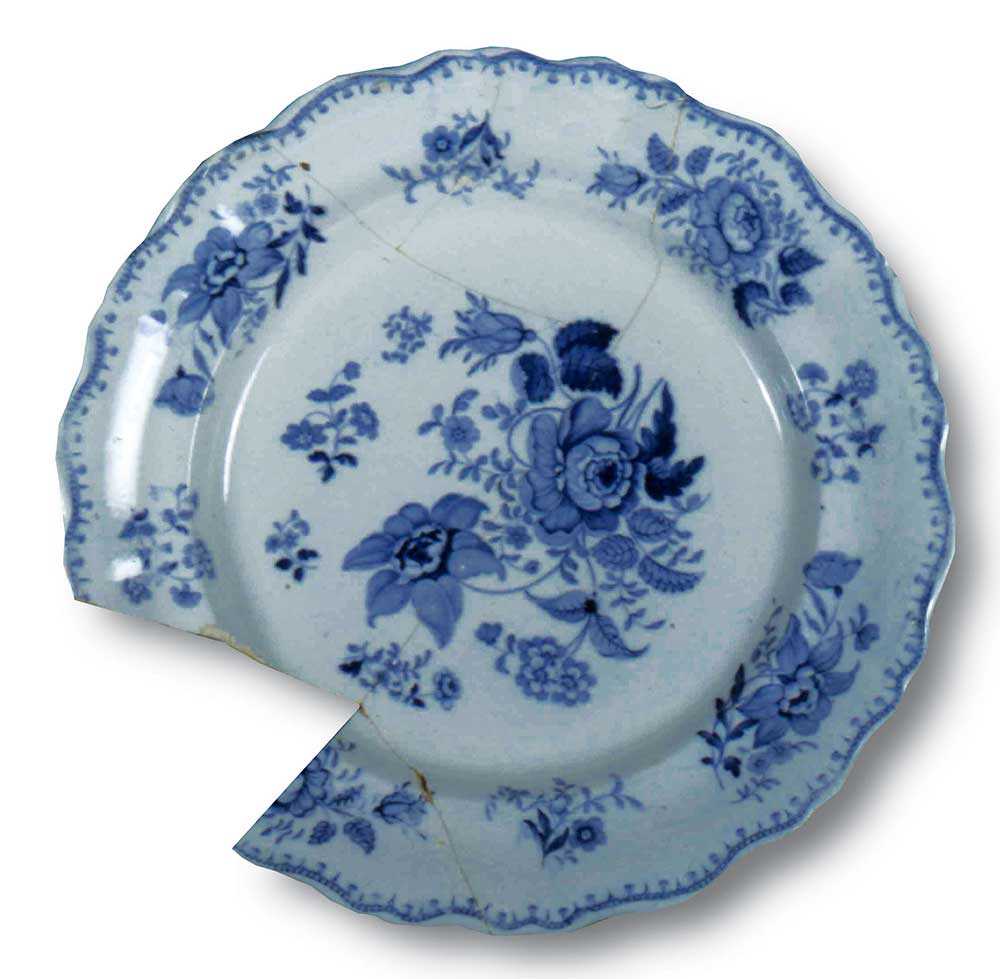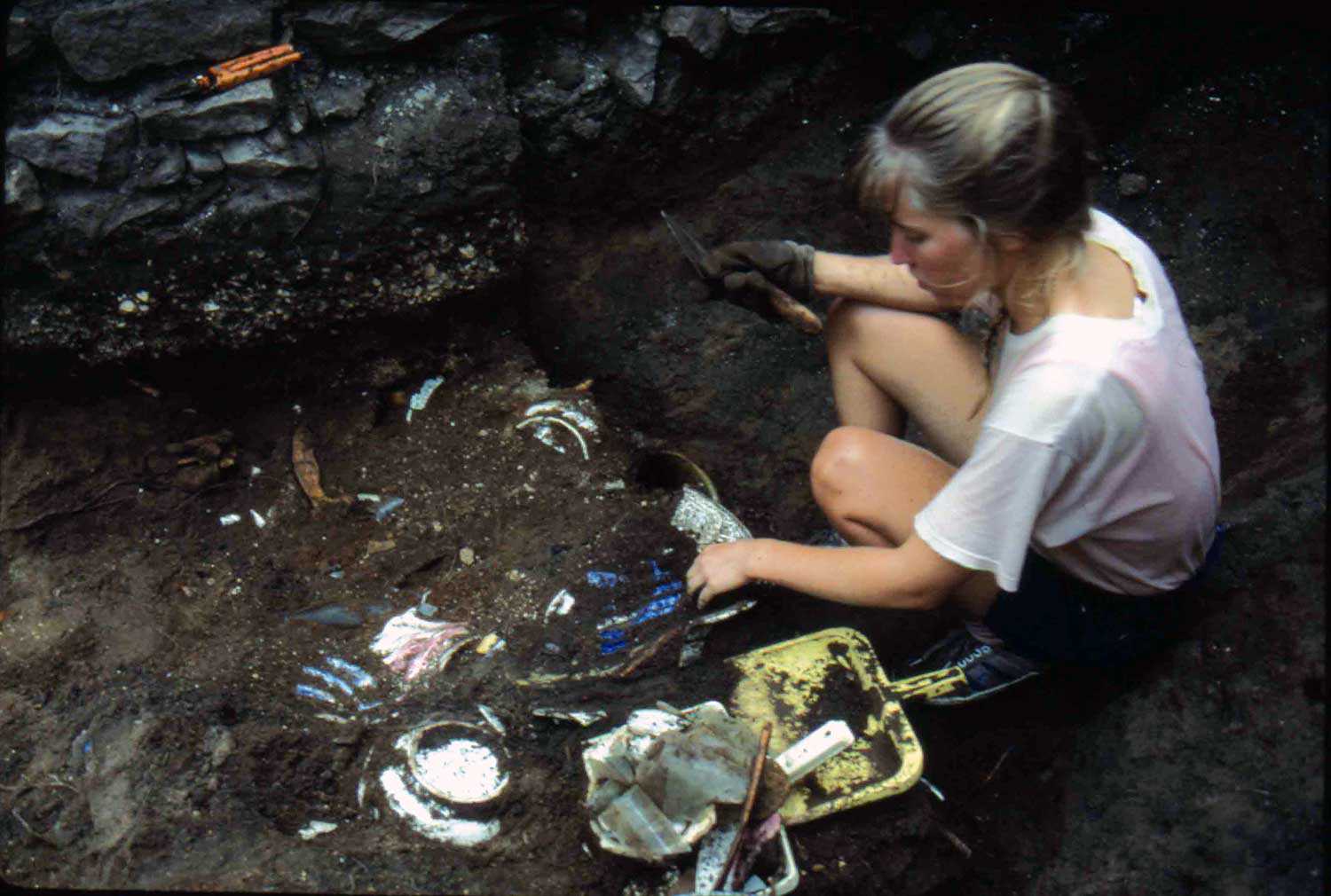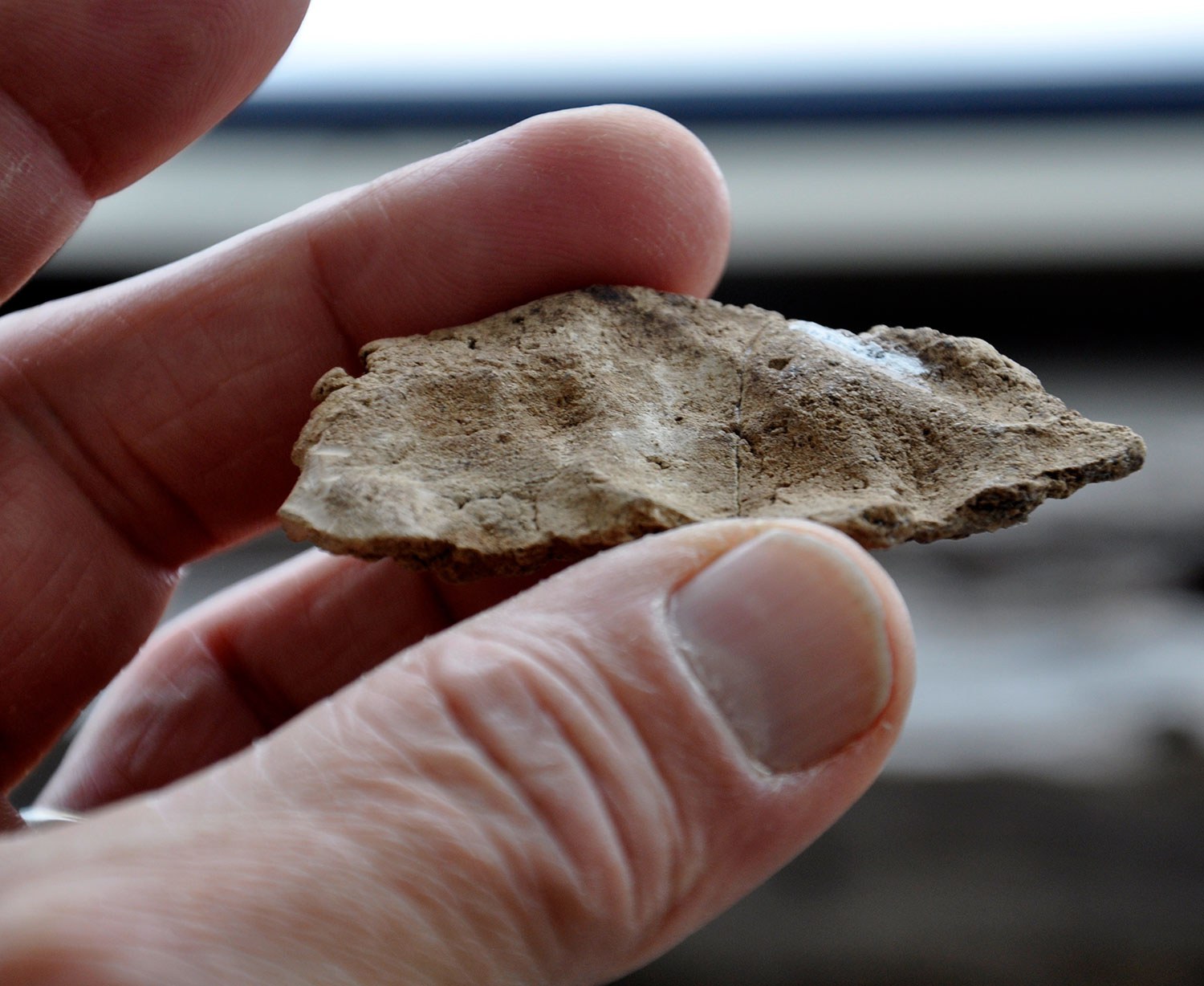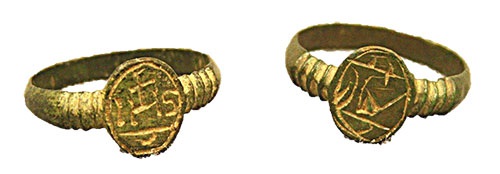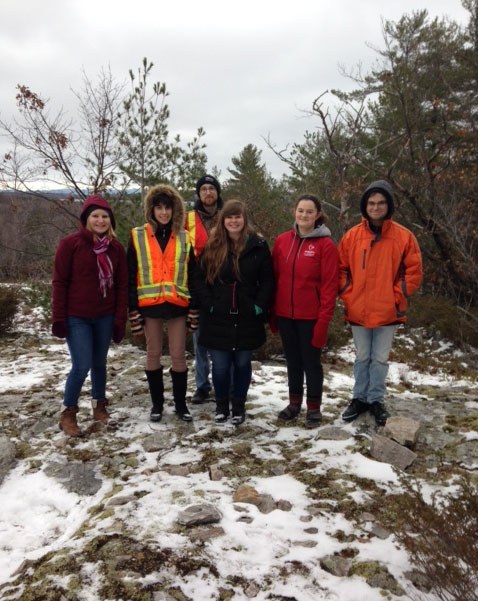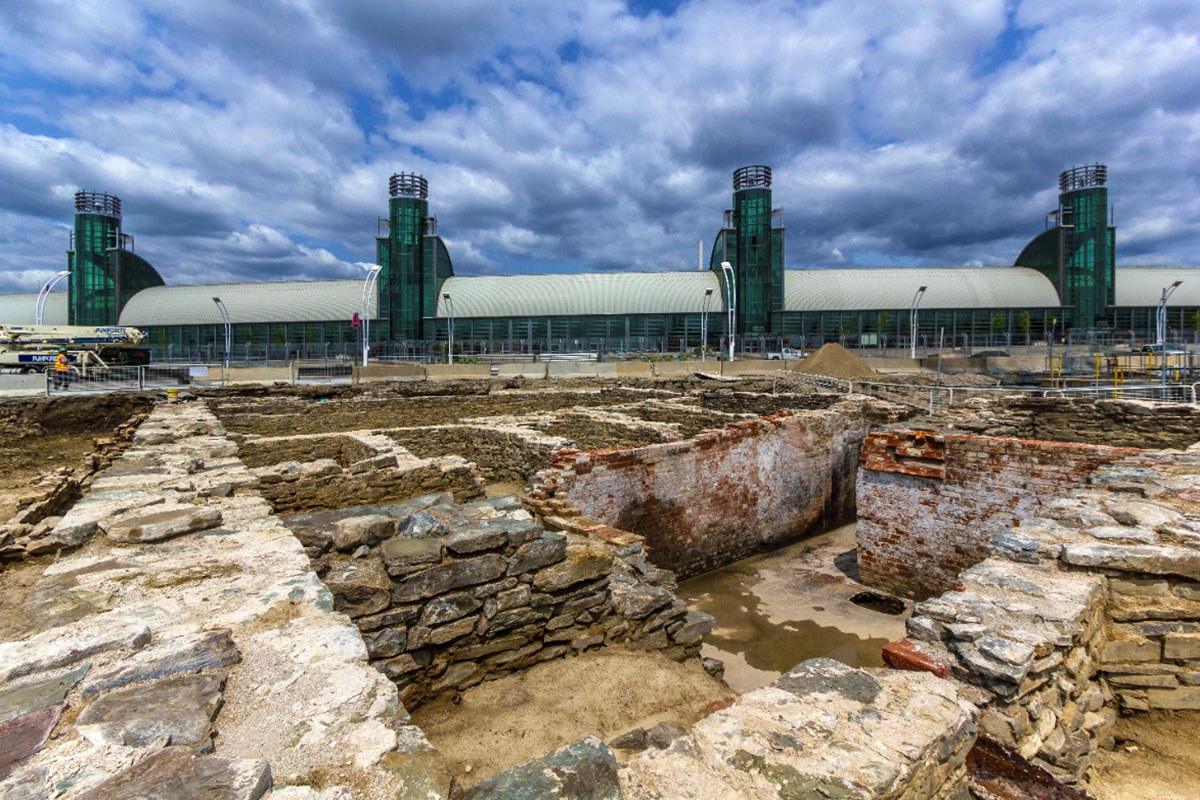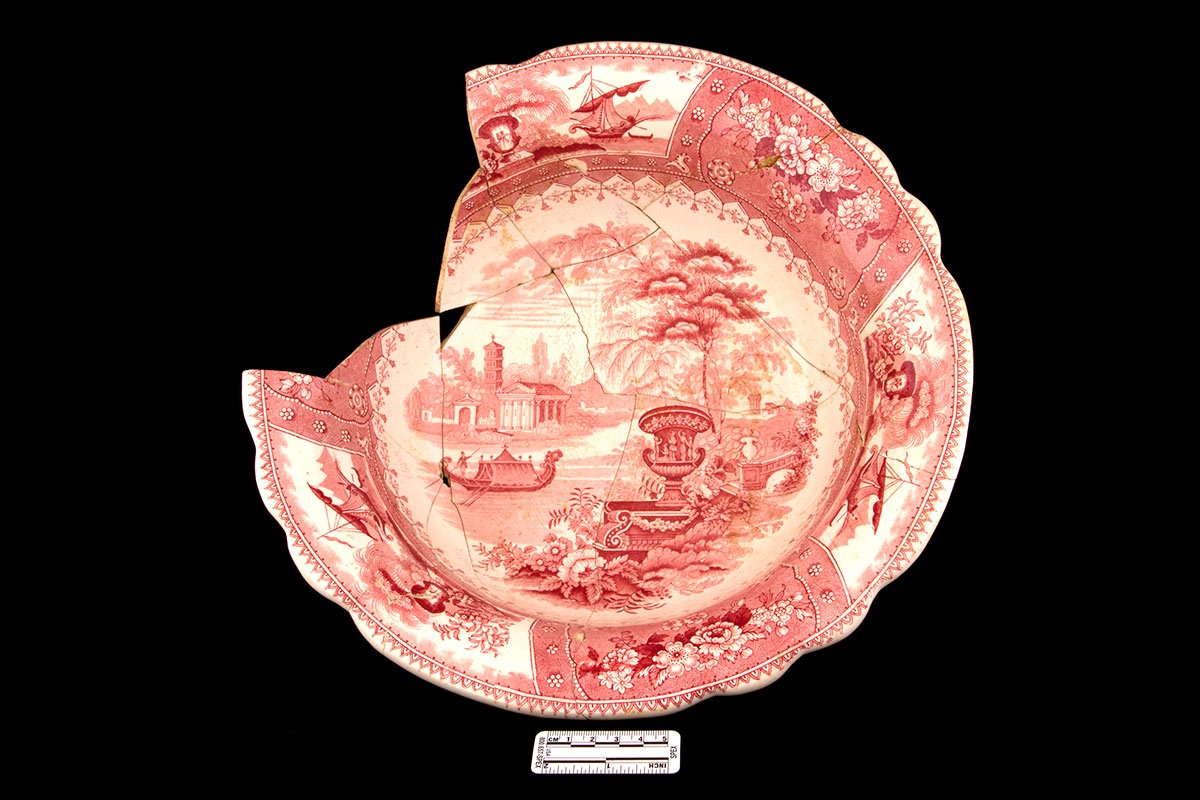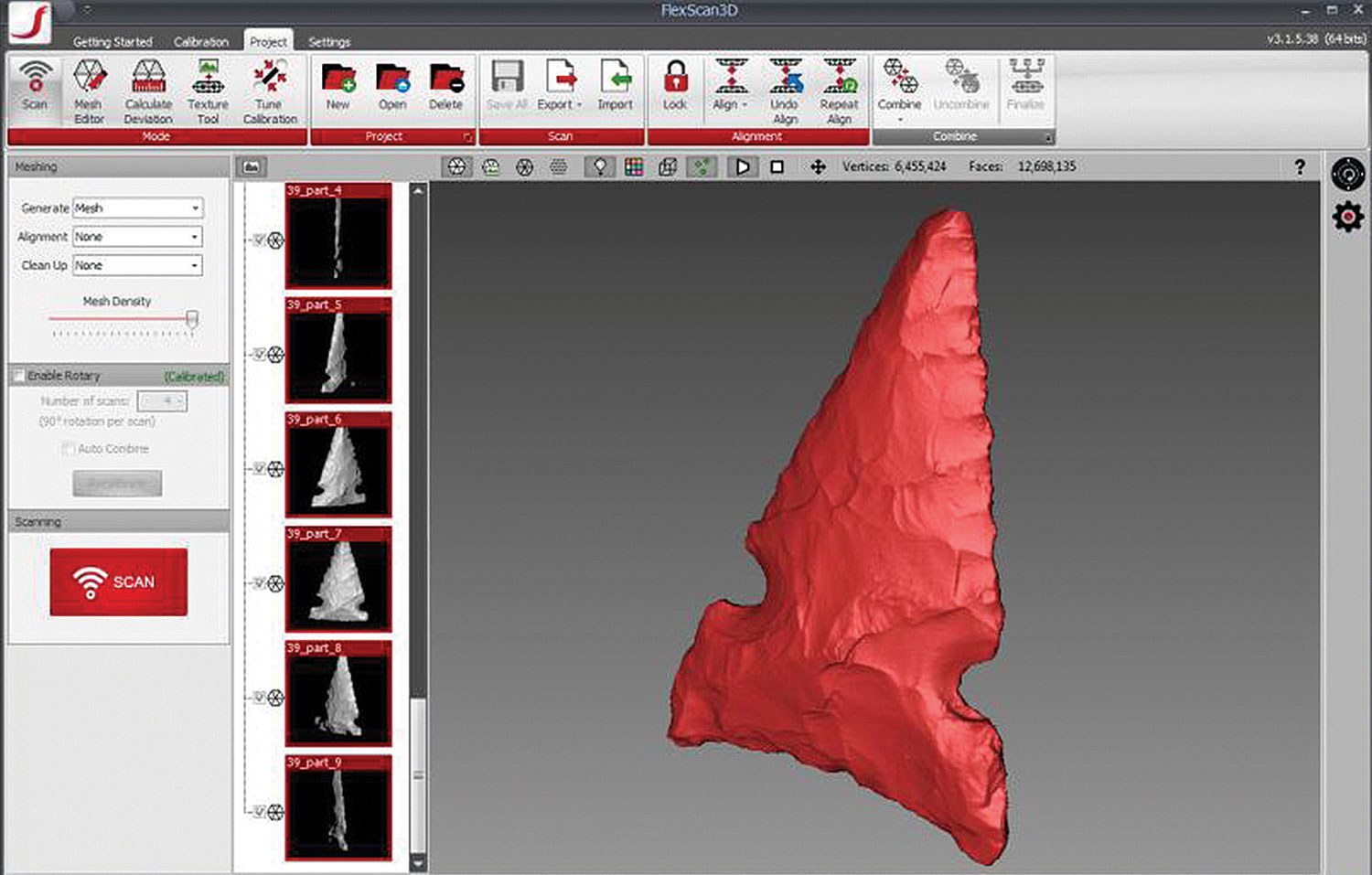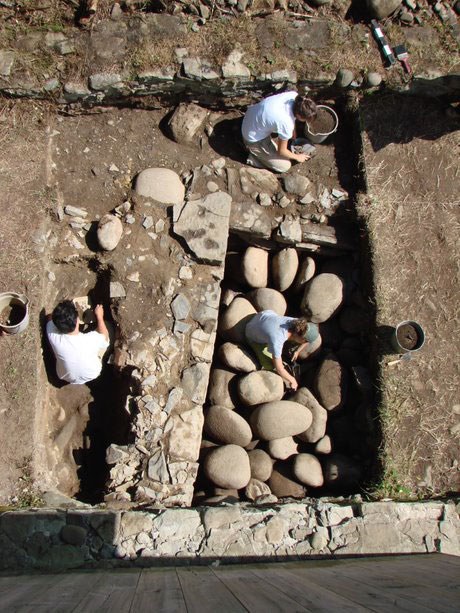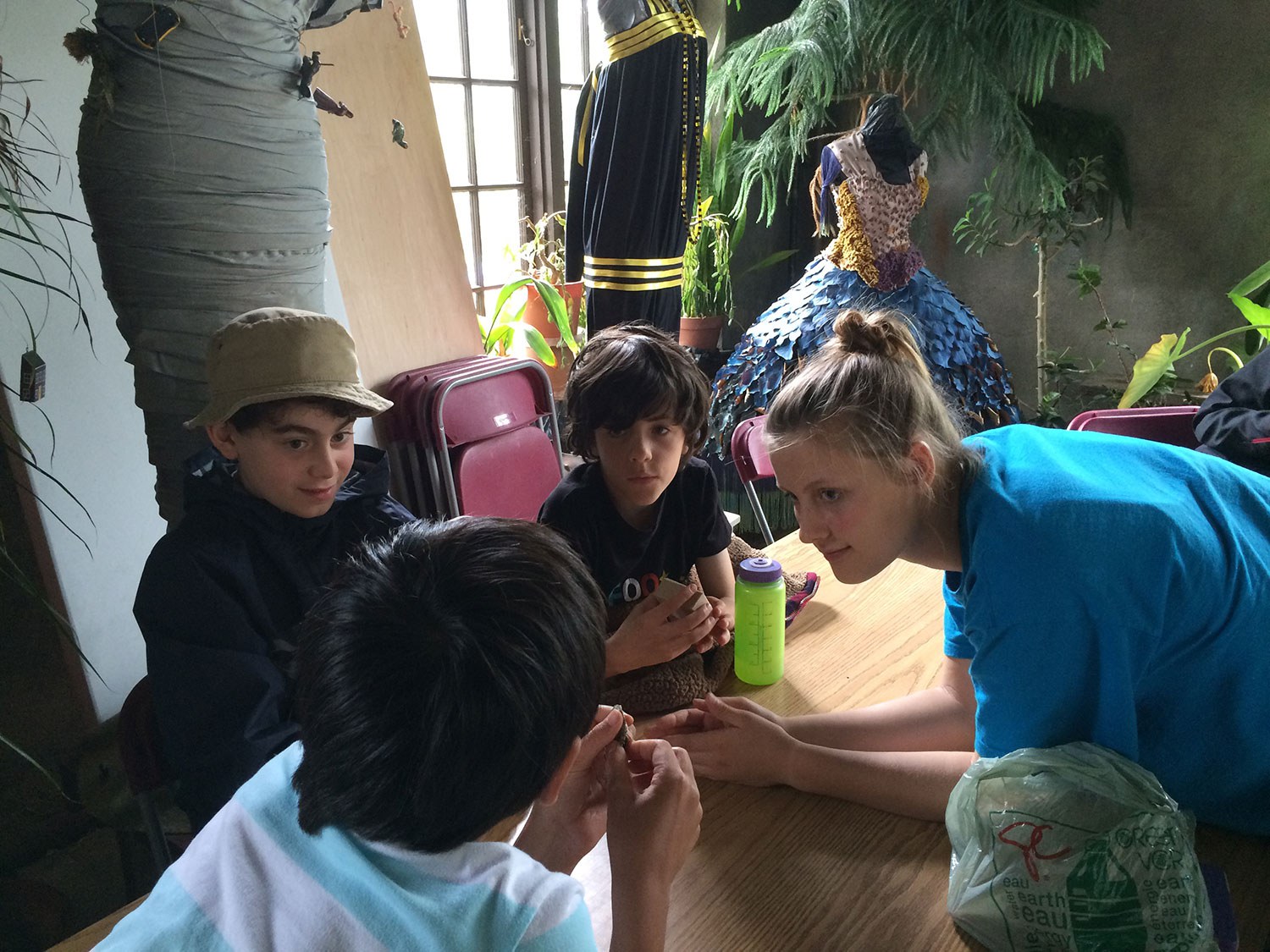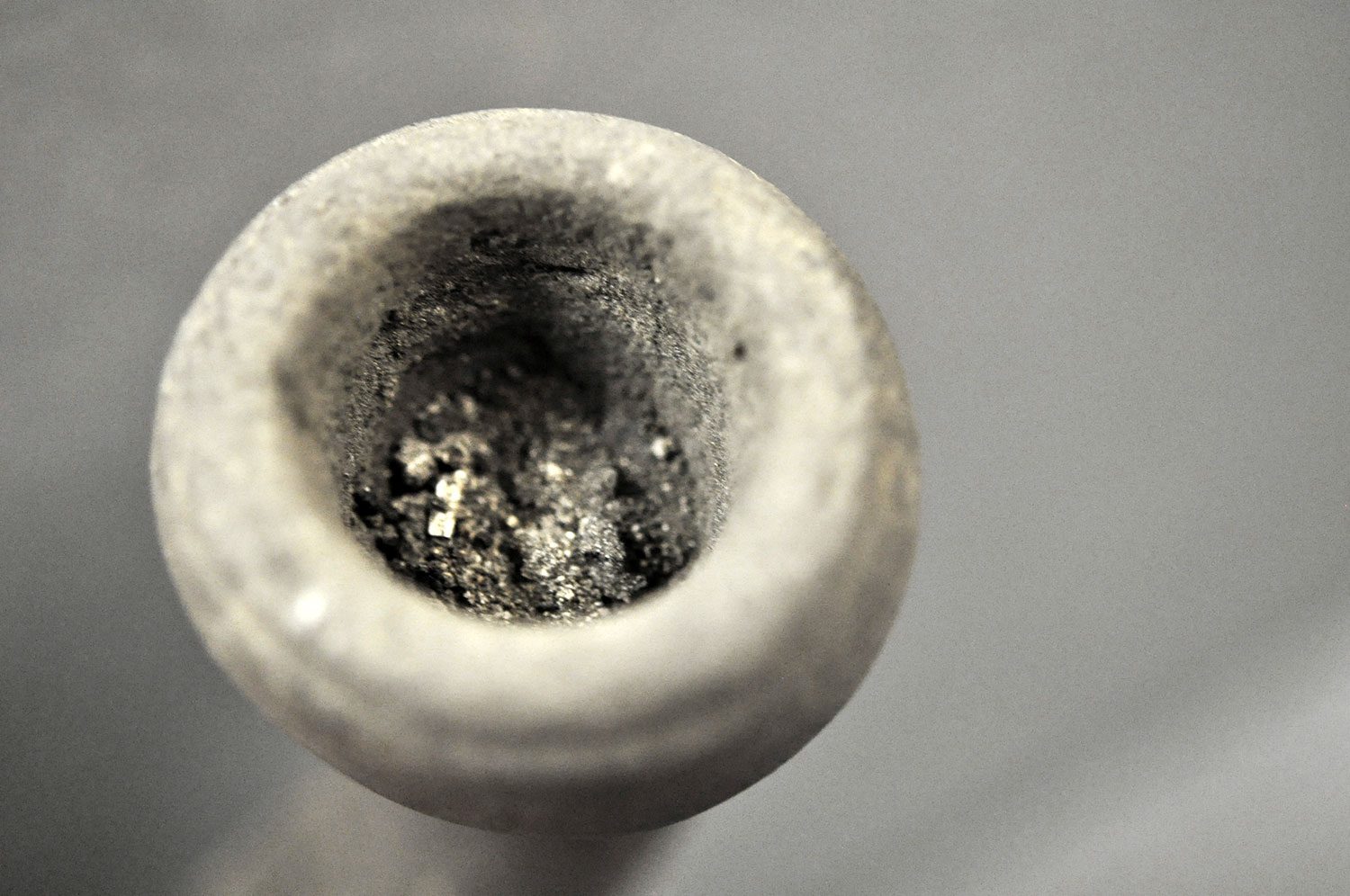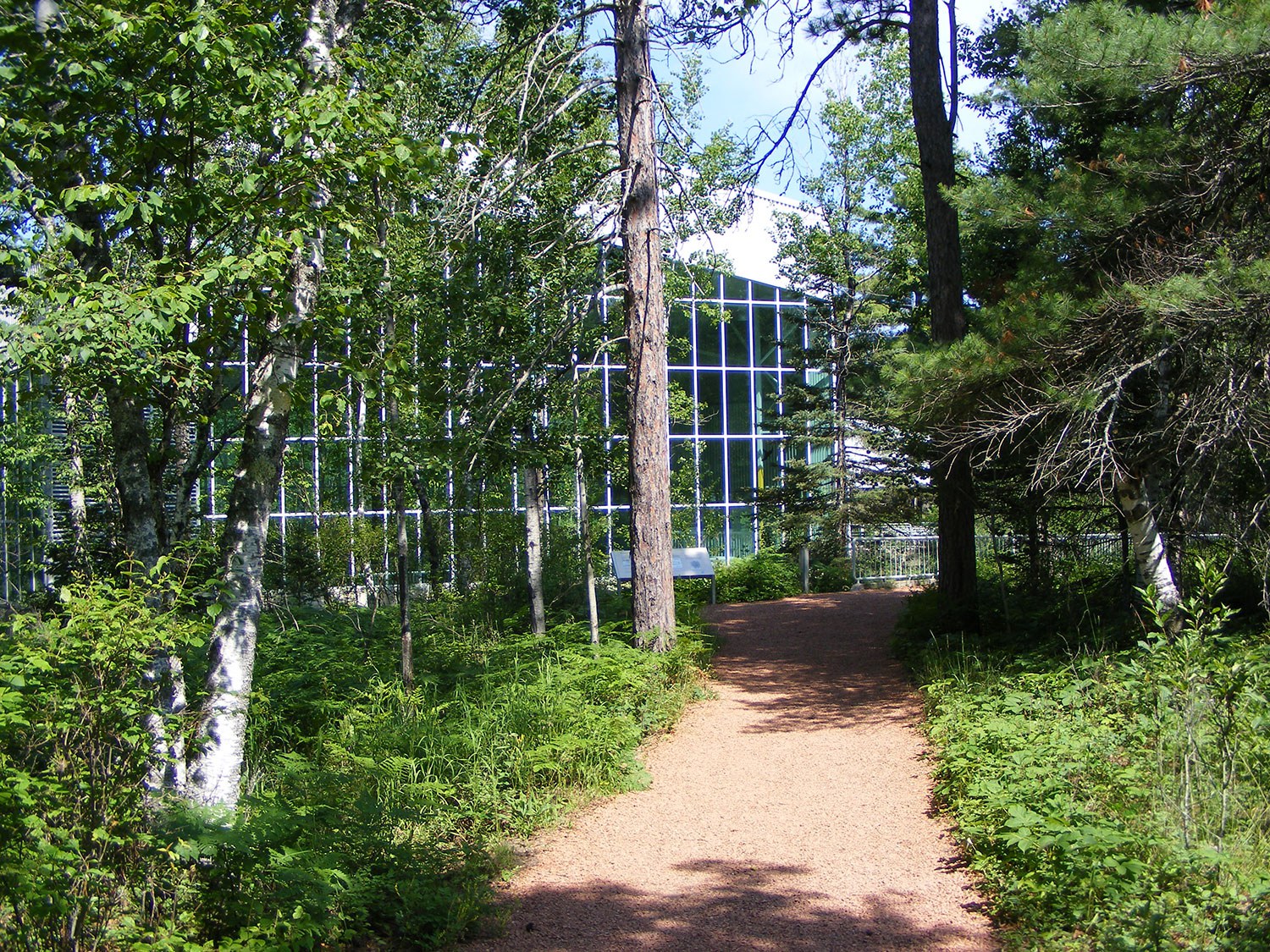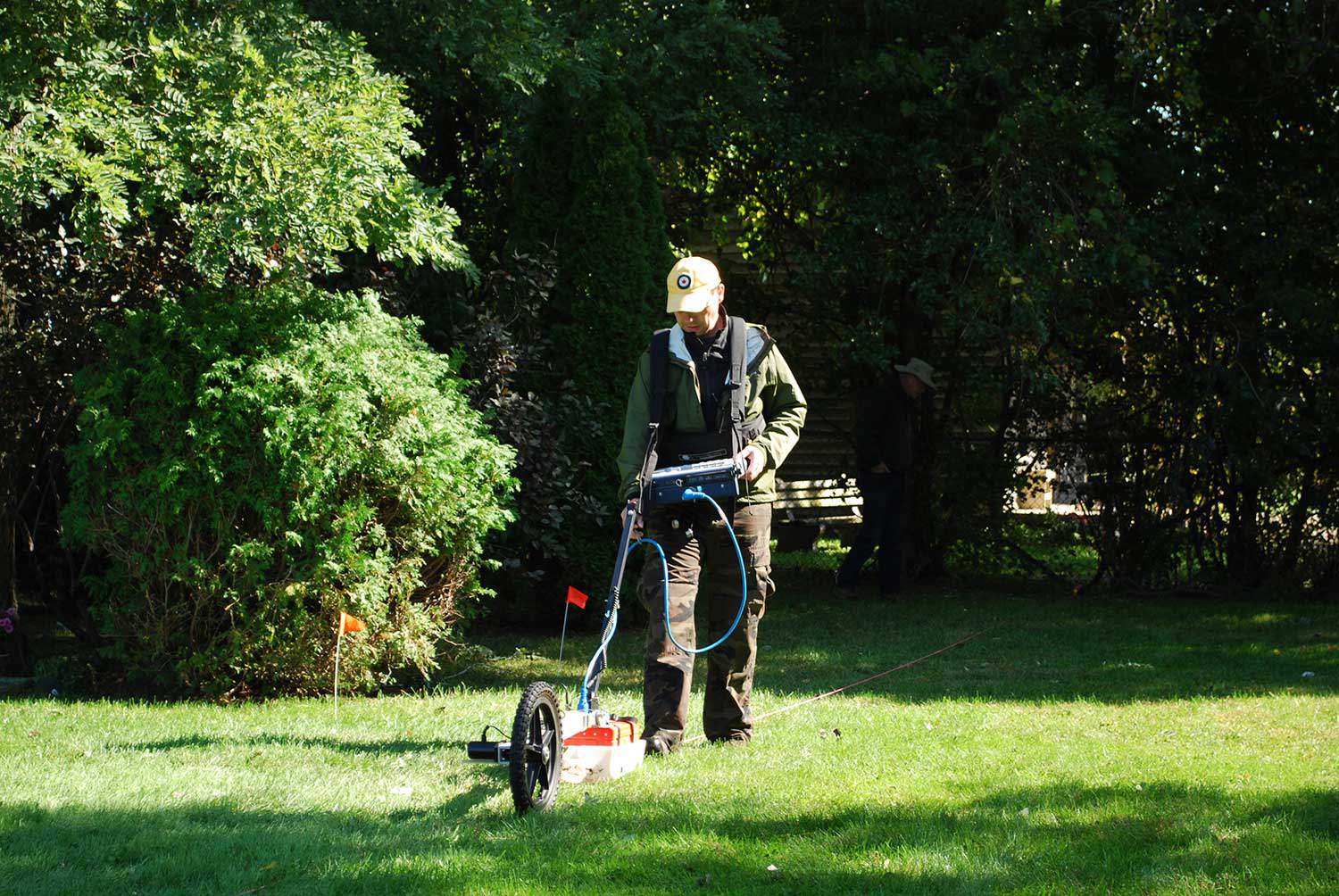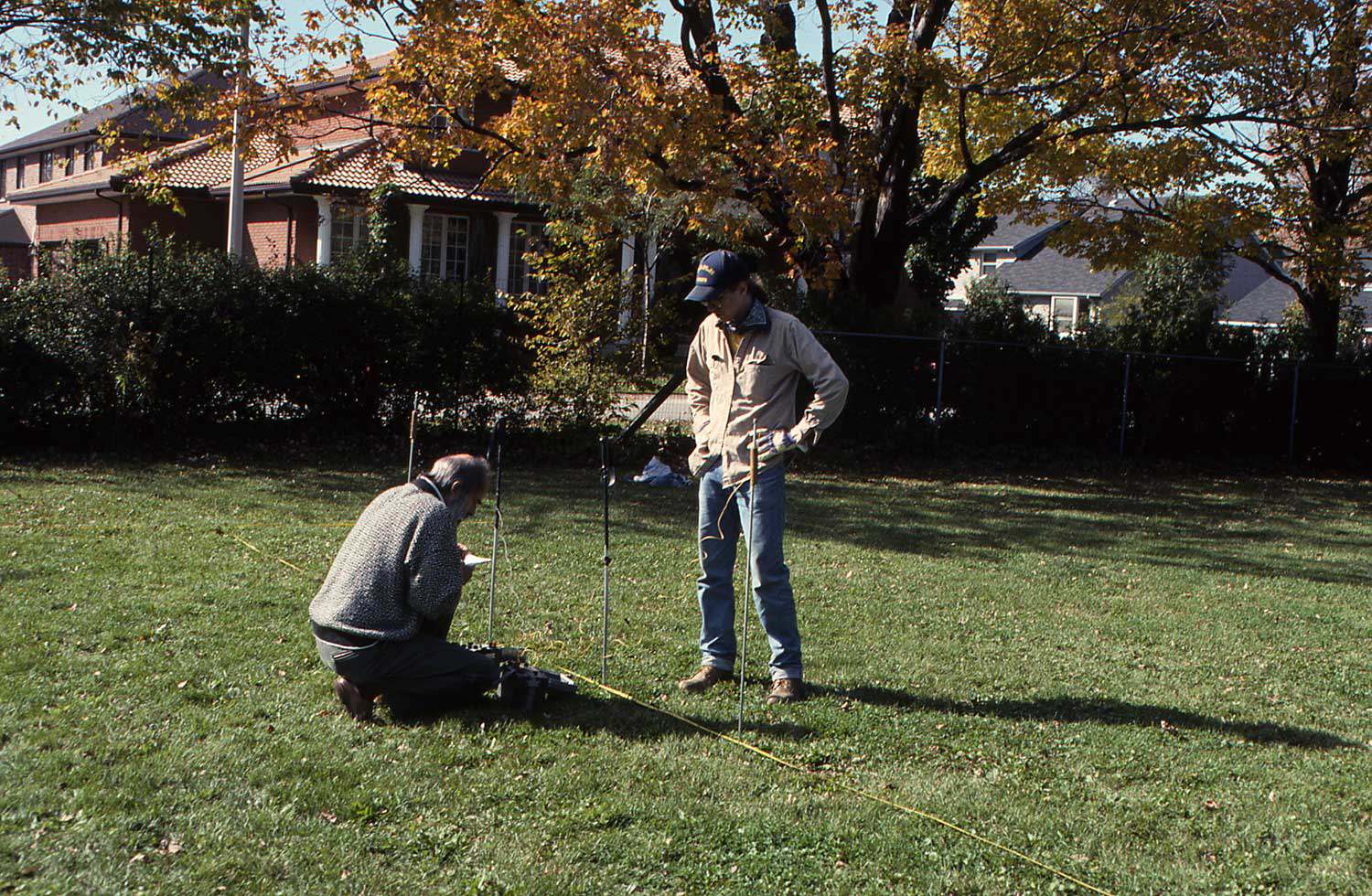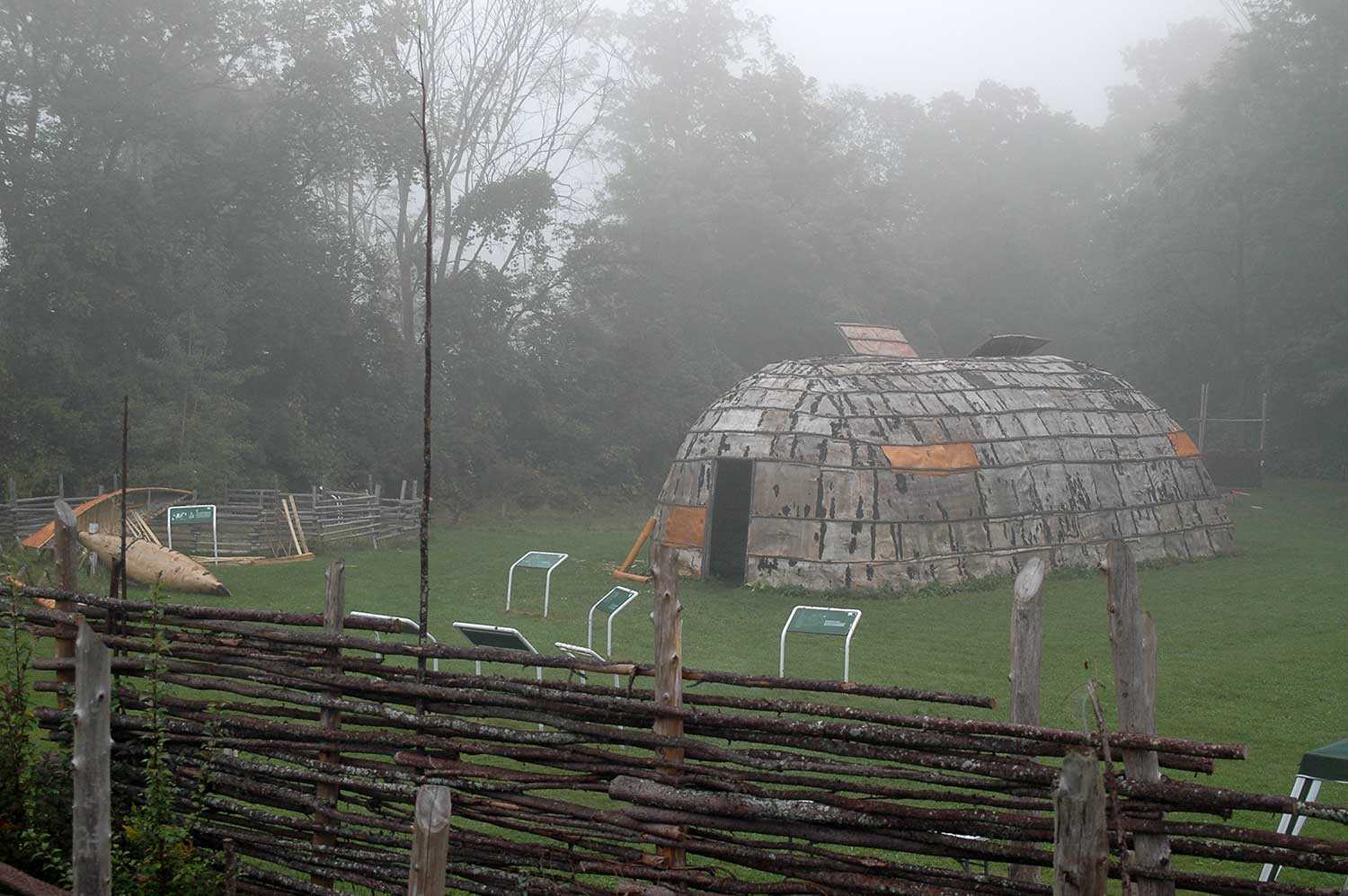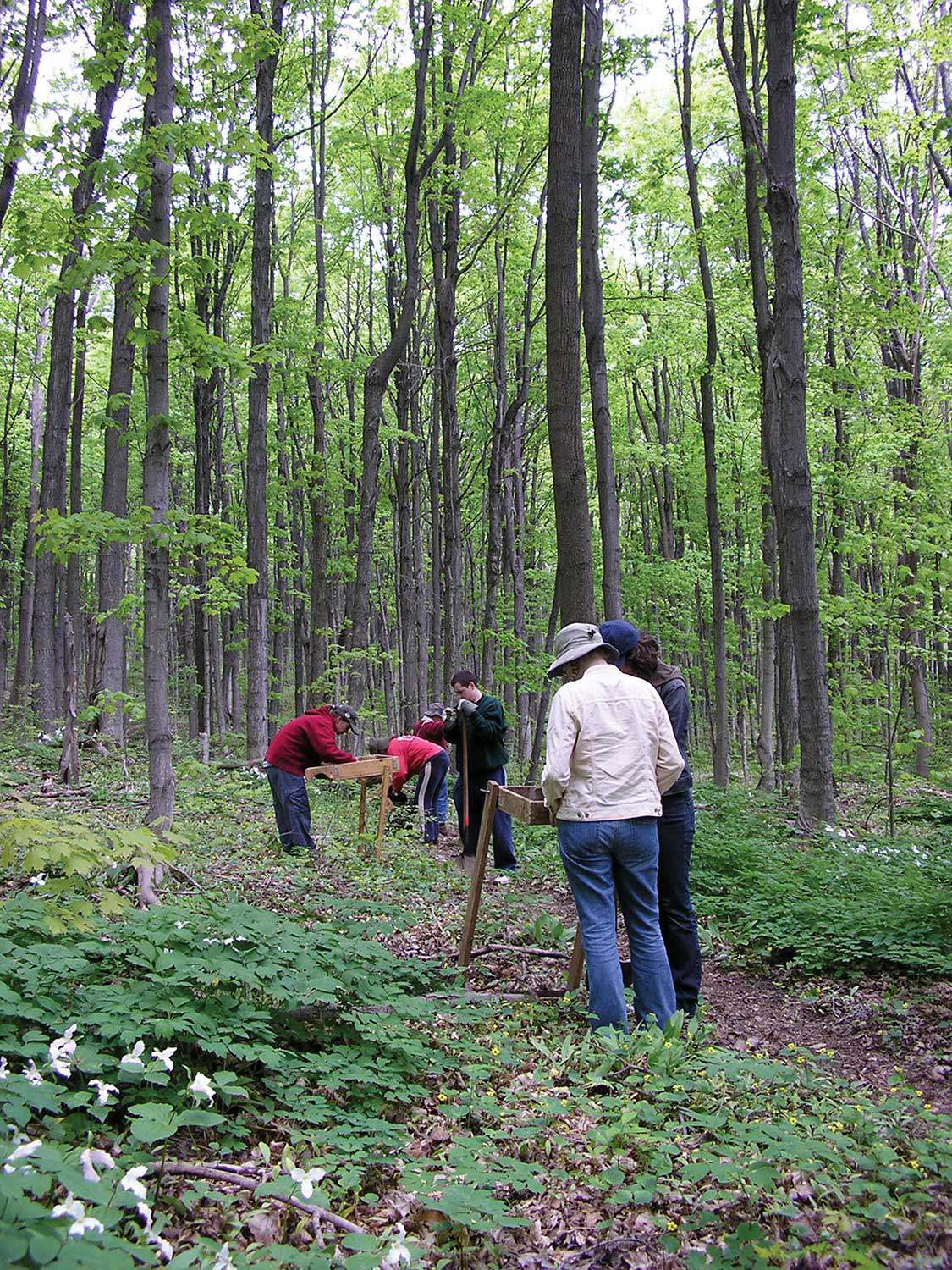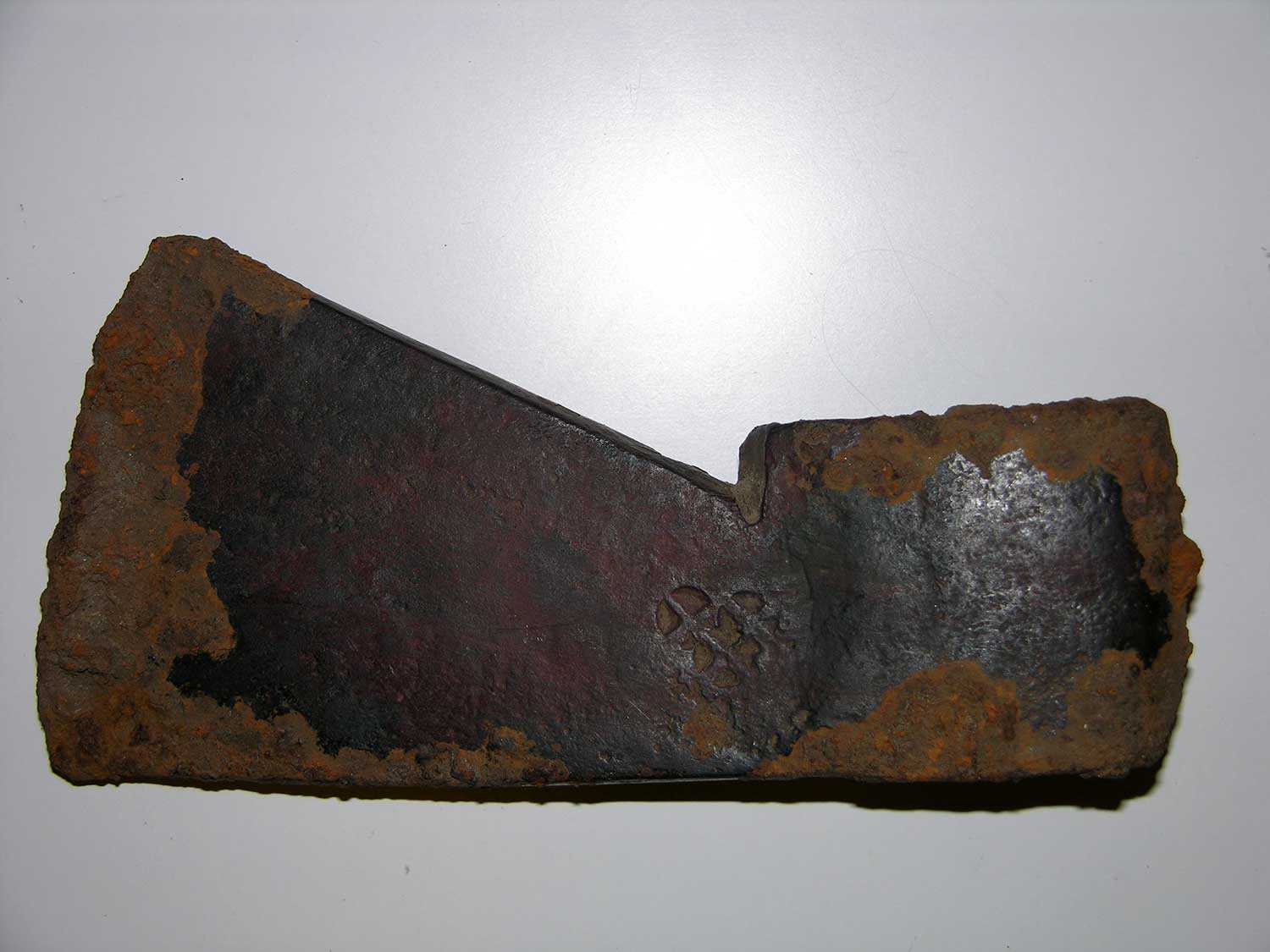

Browse by category
- Adaptive reuse
- Archaeology
- Arts and creativity
- Black heritage
- Buildings and architecture
- Communication
- Community
- Cultural landscapes
- Cultural objects
- Design
- Economics of heritage
- Environment
- Expanding the narrative
- Food
- Francophone heritage
- Indigenous heritage
- Intangible heritage
- Medical heritage
- Military heritage
- MyOntario
- Natural heritage
- Sport heritage
- Tools for conservation
- Women's heritage
Uncovering family history
Built in Perth in 1823, Inge-Va represents one of the finest Neo-Classical Georgian houses in Eastern Ontario. In its refined, park-like setting, the house also embodies many of the triumphs and tragedies that constituted life during the 19th century. Often, archaeologists have little more than statistics to help glimpse the past. By using a combination of available historical documentation about the family, oral history and the archaeological record, we have pieced together a fascinating history of the life course of one family that occupied this picturesque home.
Inge-Va was built in 1823 for Reverend Michael Harris as his first home in Perth. Harris built a second house called “The Grange” and moved his family there in late 1832 or 1833, at which time Thomas Mabon Radenhurst moved into Inge-Va. Radenhurst, the “Father and Champion of Reform” in Lanark County, was widely known in the small community of Perth. A Reformer and a friend of Robert Baldwin, Radenhurst was also an adversary of two other Perth lawyers, James Boulton and Daniel McMartin.
After his death in 1854, Radenhurst’s widow and children continued to live in the house. Over the next 20 years, many deaths associated with disease occurred within the household. Fanny contracted typhoid fever in December 1866, dying a few days later. Charles succumbed in 1869 to tuberculosis. His two elder sisters, Mary and Edith, also suffered from tuberculosis. Both girls died in April 1873 within days of each other. The apparent mass disposal of household contents in the Inge-Va privy – which was archaeologically investigated in 1988 – has been interpreted partly as a reaction to this series of deaths. The fear of contamination within the household led to the disposal of items that were thought to be communal and used by the infected individuals within the house.
Over 15,000 artifacts were recovered from this site – and more are being uncovered today. Mending of the ceramic sherds has resulted in a minimum vessel count of 369 vessels that include sets of china and toiletry wares. There was also a large quantity of glass objects within the deposit, numbering 313 vessels. Members of the Radenhurst family lived in the house into the 1890s, at which time Ella Inderwick and her family moved in. It was Ella who named the house “Inge-Va” – a Tamil word meaning “come here.”
When the Inderwick family moved to Inge-Va in 1894, it was generally believed that the house was infected with tuberculosis since the Radenhursts had the disease. One family story tells of Dr. Beeman visiting the house soon after the family had moved there and upon seeing young Cyril playing on the floor, demanded to know how Ella had cleaned the floorboards. Since she had only scrubbed them with soap and water, he insisted that she paint them as well to eliminate the germs in the cracks. This precaution is unusual since nobody with tuberculosis had lived in the house for 21 years!
The 1993 archaeological season discovered the original summer kitchen inside the current one. The original 1823 summer kitchen was much smaller than the one you see today. The original west wall can be seen inside the current building. It appears that while Lucy Radenhurst was staying with relatives in Toronto in the early 1840s, the kitchen was renovated.
Since 1992, Algonquin College’s Heritage Masonry program has worked with the Trust to rebuild a tall stone boundary wall along one side of the property. In 2002 and 2005, during excavation of the trench to lay the new stone wall, hundreds of artifacts were recovered. These artifacts included intact medicine bottles and ceramic sherds. This material dates to the Radenhurst occupation of the property and reflects the disposal of refuse during the 19th century.
Taken together – the historical facts about the Radenhurst family, the discoveries through archaeology and the oral history associated with Inge-Va – we have a glimpse of life in Perth’s past as experienced by one family through time.
Archaeology projects on Trust properties have been conducted since 1970. The Trust’s archaeological collections now include:
- 87 collections
- over 600 boxes of artifacts
- over 668,000 artifacts
- archaeological investigations at Inge-Va in 1987, 1988, 1989, 1992, 2002 and 2005 have resulted in a total of 48,325 artifacts recovered
- archaeological activity at Inge-Va in the summer of 2006 continues to uncover more evidence of the history of this intriguing site

